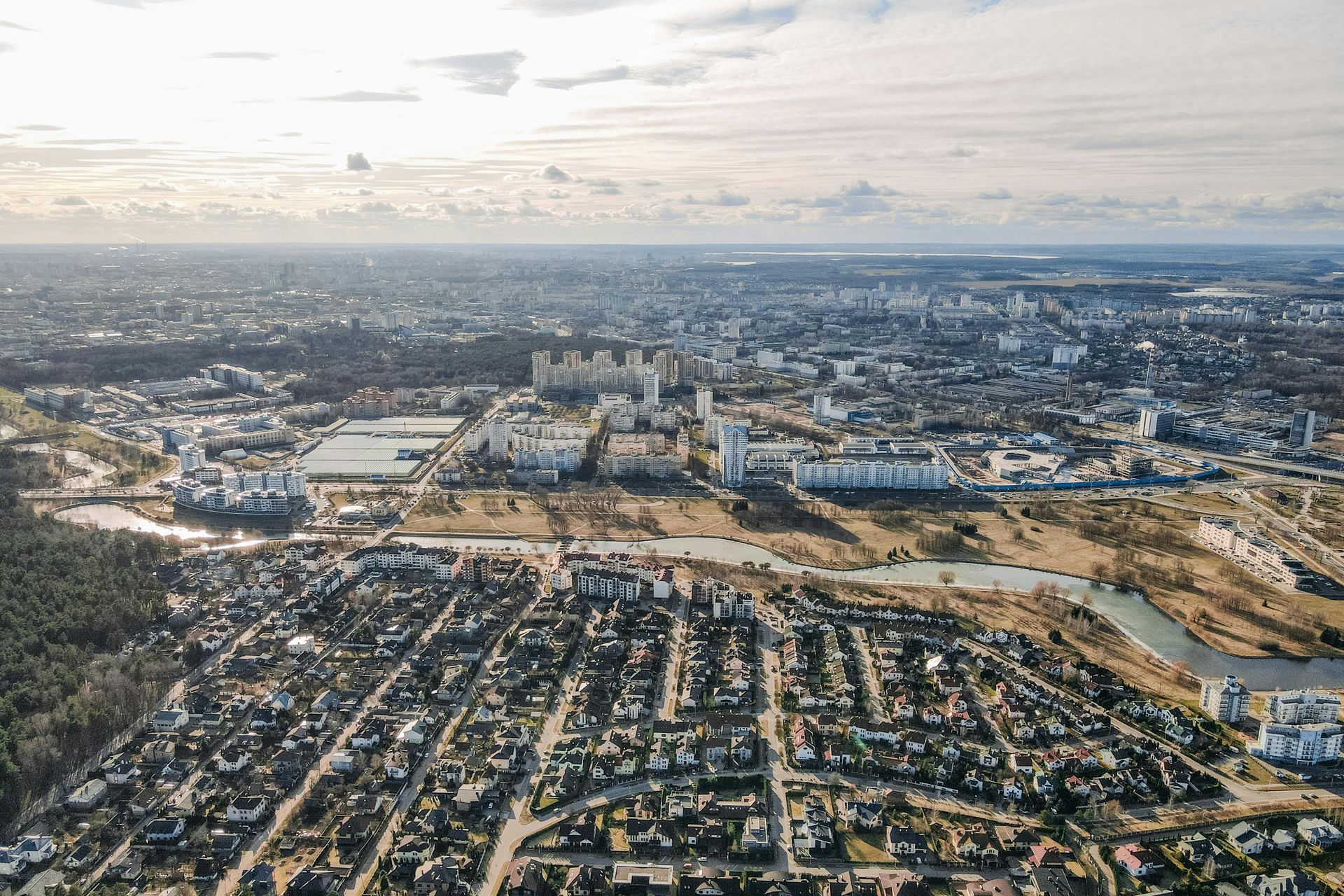Investing in Your City's Future
Financial Principles for Building Municipal Wealth: Part 4 — Invest in Long-Term Value
This is the final part of my series covering how land use and key financial principles go hand-in-hand in creating prosperous cities. So far, I have discussed why cities need to spend within their means, prioritize needs over wants, and prepare for downturns when crafting their land use plans. The fourth and final principle is investing in long-term value.
Once a city has laid a strong fiscal foundation, it can begin making smart investments that improve the quality of life and increase prosperity.
This is the fun part: public spaces that draw crowds, policies that attract and create new businesses, and programs that improve residents’ lives. But to be worth it, those investments must return more value than they cost.

The Test of a Smart Investment: Value Captured
Every city wants more vibrant public spaces, new parks, bigger stadiums, updated streetscapes, and better infrastructure. However, without a clear understanding of how those improvements generate revenue, cities risk spending more than they’ll ever get back.
A successful public investment should more than pay for itself over time by increasing private spending or raising the value of nearby land and buildings.
When this happens, cities can collect more revenue through consumption taxes or land value capture — property taxes, special assessments, development fees, strategic land management, etc. That new revenue can then be reinvested in other areas or used to maintain the improvements.
Active Investments: Public Works and Programs
Investments can be active, like public work projects and programs, or passive, like policy reforms that allow high-value private development.
A few active investments that generate long-term value could include public investments in streetscape upgrades, pedestrian safety projects, industrial site preparation, new civic spaces, and small business support programs.
All of these investments can make a big difference as long as they’re tied to value capture strategies and the city making them has a strong financial foundation.
Passive Investments: Land Use Policy Reform
The simplest and most affordable way to invest in long-term value is by allowing the private market to create it. Zoning reforms that legalize greater density or a broader mix of uses, such as duplexes, neighborhood businesses, or accessory dwelling units, can raise property values without major public expenditure.
For example, a 2020 study of zoning practices in Boston, Chicago, New York, San Francisco, and Seattle indicated that each city captured additional public value from major projects by upzoning to allow greater heights and densities.
By removing barriers to development in the right places, cities can create the conditions for long-term value to emerge organically. This value increase occurs with minimal public investment.

Conclusion
Smart public investments allow cities to grow into the places their residents aspire for them to be. But lasting success depends on timing and discipline.
First, cities must build a strong fiscal foundation by spending within their means, prioritizing basic needs, and preparing for downturns. Only then can they afford to pursue larger goals and investments.
When cities are ready, the best investments are those that generate long-term value: projects and policies that make places more useful, attractive, and valuable to the people who live and work there.
It doesn’t matter if the investment requires public action or private capital. As long as investments have a clear and sizeable return, cities can meaningfully build wealth in their communities.


